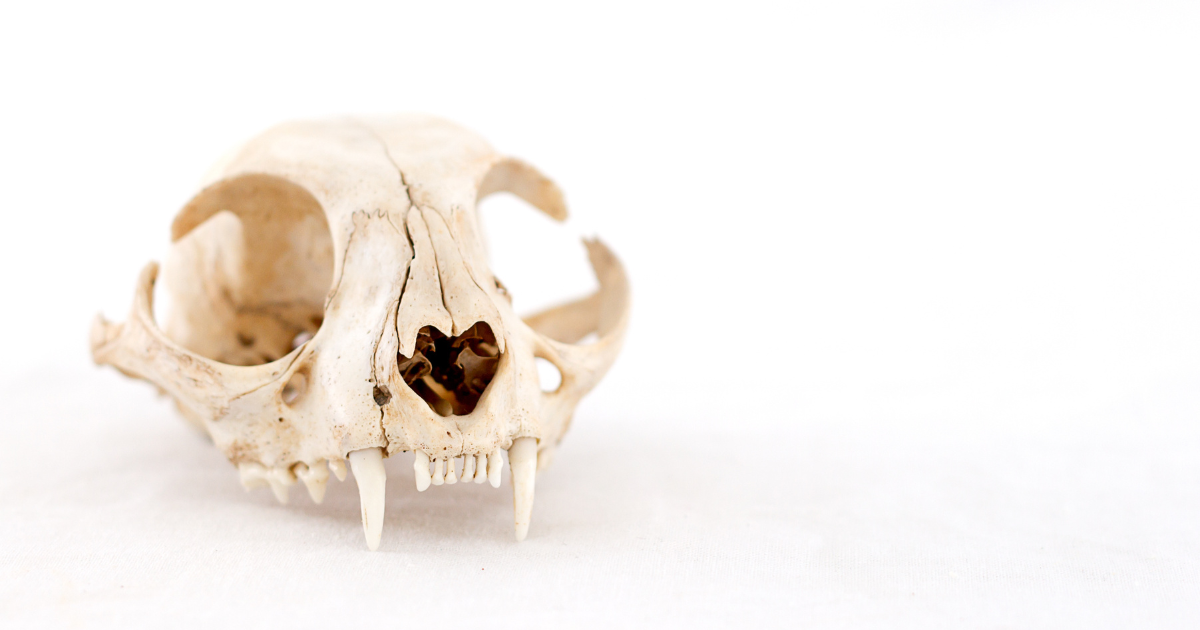Do Animals Understand Death?
Do animals understand death? Substantial research so far indicates that the answer is probably yes. Many species share humans’ basic neurochemical profile, which means we have certain emotional structures in common. Studies of primates with offspring show neurological activity similar to that of the human brain experiencing love – a foundation which could translate to other cognitive similarities.
Certainly reactions to death range widely, sometimes driving other members of a species away, potentially a fear-based response, but research also documents what looks like empathic recognition of loss.
Elephants in particular are responsive to the remains of their own dead, gathering around a body in groups, even caressing severely decayed remains gently with their trunks. Their graveyards have amazed humans for years, as does their tendency to return to them to visit the remains there.
Mother gorillas may carry their own dead, mummified infants for weeks, grooming the remains. And marine animals like dolphins and whales appear to care for not only their dead, but also their injured and ill (a phenomenon called epigenetic behavior). Many animals also appear to mourn.
Higher-ordered thinking
These are, by the way, all species with substantial brain volume. Their neuroanatomy shows some well-developed features similar in function to our own, specifically in the neocortex, which humans use for cognition and consciousness.
Dolphins and apes show a high encephalization quotient (EQ), a measurement comparing the actual size of their brains’ neocortical volume compared to what would be expected for their body size (that is to say, their brains are larger than we expect them to be). Whales and dolphins also possess a complex, folded cerebral neocortex (the brain ridges and fissures we call neocortical gyrification) – the part of the brain that processes language, information from our senses, and social skills. It’s far more elaborate in them than in any primate… including humans. They’re likely more talented thinkers than we are.
More than Instinct?
Interpretations vary. Instinct is, obviously, a powerful motivator in creatures of every species, but behavior consistent with the drive for survival and its protection shouldn’t, on its own, imply awareness of death. What a human might see as an empathetic gesture could be simply be an instinct we can’t understand properly in the social context of another species.
Even so, the possibility of an animal’s recognition of a dead animal as permanently lost, and their responding to that loss emotionally, is not far-fetched. It’s useful to recall, for context, the extreme similarity of our own DNA and genetic material to the rest of life in the natural world. While it’s true enough that there are vast differences between us and other creatures (see our inability to fly, breathe underwater, regenerate severed limbs, or grow 8 inch incisors), we nevertheless share 99 percent of our genes with primates, and a full 60% — more than half of what makes us up as living beings — with fruit flies. Scientists devote whole labs for the study of the modest fruit fly specifically because their biological processes are so similar to ours, so let that be a lesson to you. And — perhaps not really difficult to accept these days – we share a full 50% of our genetic material WITH ACTUAL BANANAS. Which explains a lot.
Comparative Thanatology
This question of the different ways Creation’s Creatures respond to death is such a prevalent source of inquiry that it has its own field: Comparative Thanatology. It’s a prudent pursuit — given death’s ubiquitous presence in nature and the clear evolutionary advantages of possessing the concept of fatality on some level for survival’s sake creates a case for built-in capacity of its recognition in evolutionary terms.
Even if we label it an instinct of preservation, ultimately the animal kingdom’s many elegant, multilayered species know death when they see it, as much as we do – a detail which is also an existential unifier.
It would be shortsighted indeed not to interpreted such insight, however variously it many manifest, for the profound statement it is about what makes us all, fundamentally and effectively, similar as living beings.




